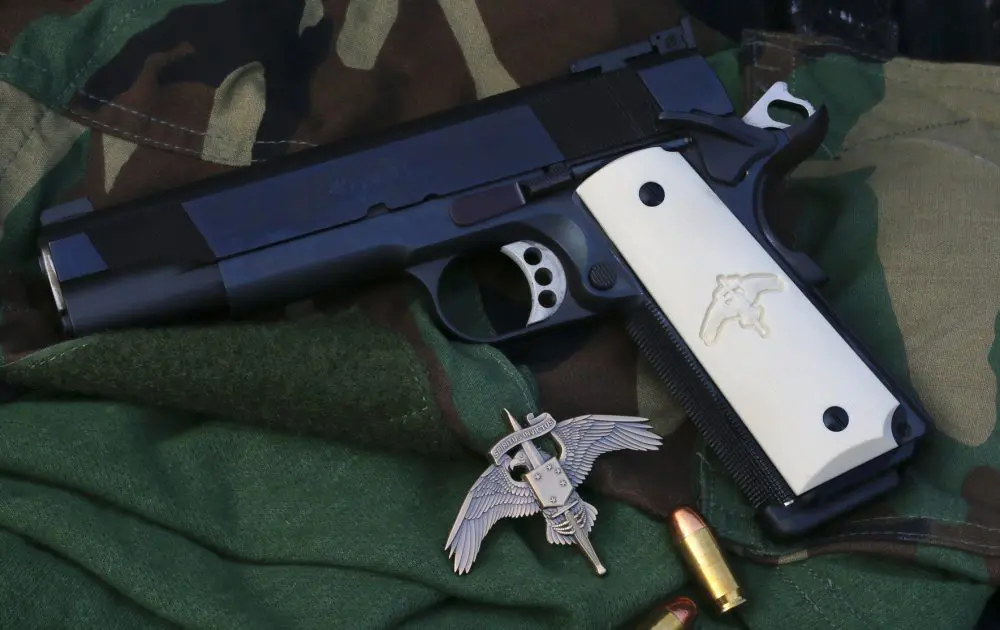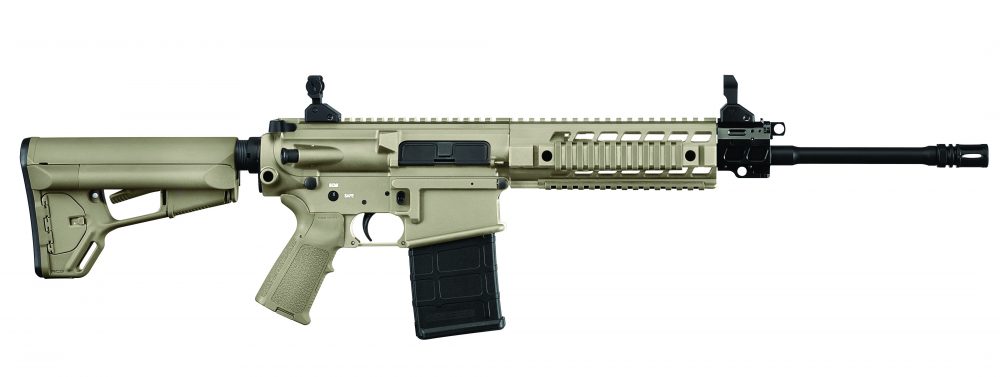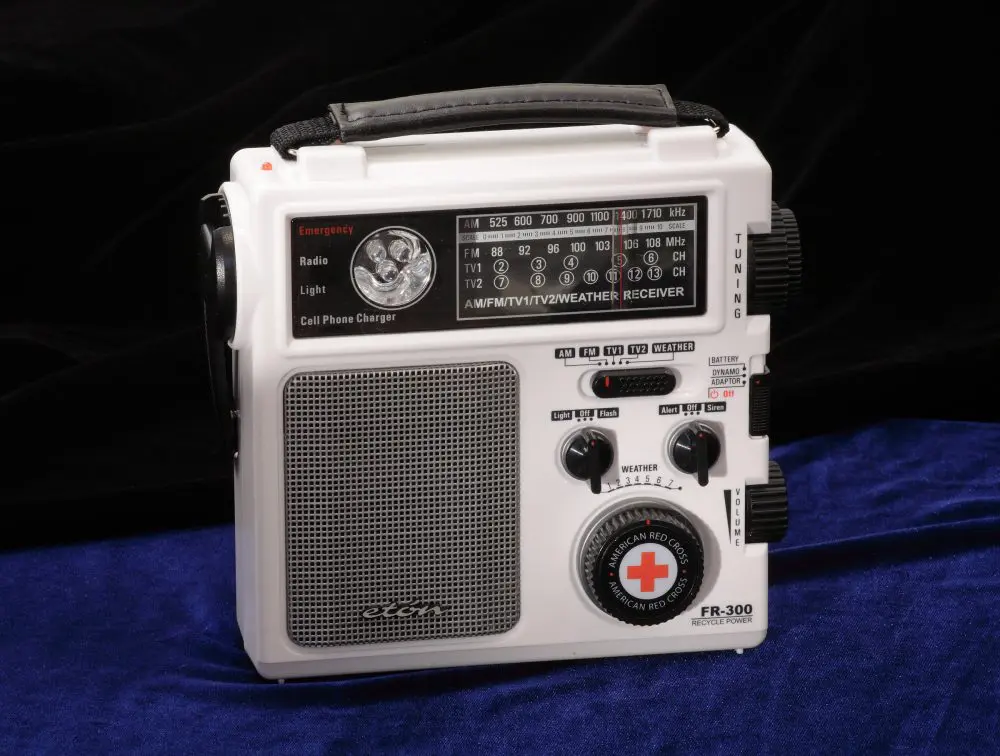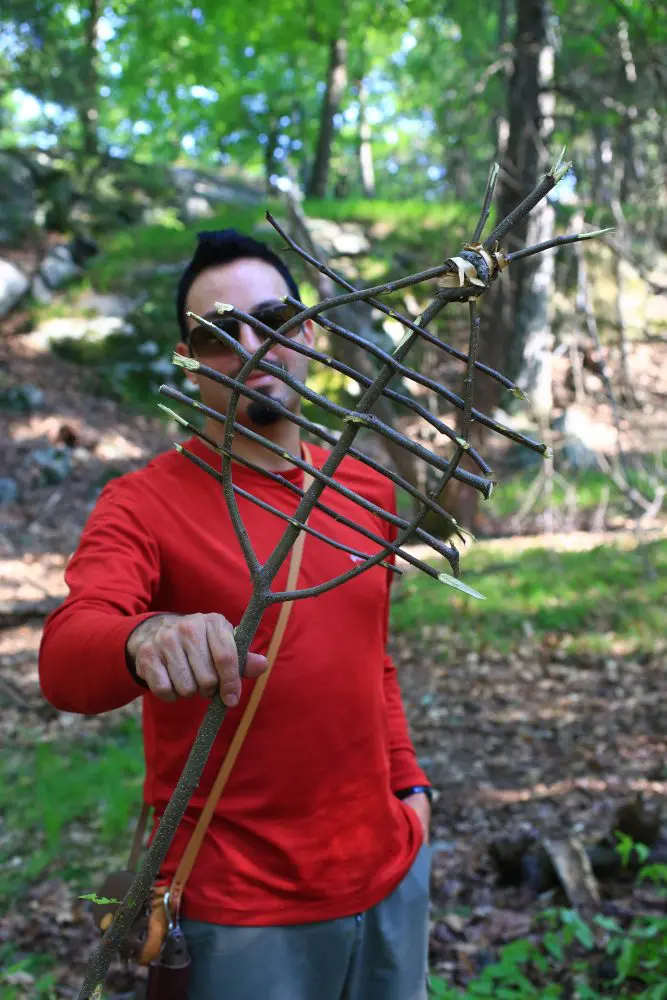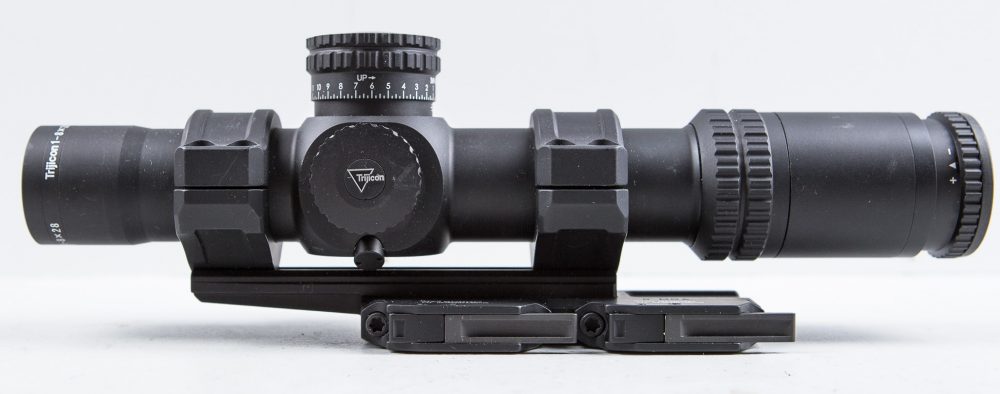Is there anything quite as memorable as finding out that you’re going to be a parent, or that you have won the lottery, or when somebody shows you their hands but there happens to be a gun or knife in one of them?
These three situations are certainly surprising and memorable, but it’s the last one that will probably make the most vivid impression, or perhaps a second navel if you’re not careful.
Whether you’re a cop, security officer, bouncer, or anyone else who has to deal with uncooperative people, a common problem is dealing with someone who doesn’t currently have their hands visible.
It is a well-worn tactical chestnut that you have to watch the hands. While the feet, head, or other assorted body parts are certainly capable of doing nasty things to your otherwise faultless profile, the hands can do it more quickly and effectively than anything else.
The reason is not only because of those big meaty fists, but also the things the hands can hold or operate. The hand is the natural environment for guns, knives, clubs, frying pans, and other assorted items that are meant for malevolent purposes.
One area of contention among law enforcement trainers is what to do with someone who has their hands stuck in their coat or pants pockets. Common sense would suggest we ask them to show their hands with great alacrity, but thousands of cops are “killed” every year in training scenarios when the bad guy pulls out his hand and brings along a pistol.
Unfortunately, such scenarios are based on real life, where the same thing happens, but there are no “do-overs” on the street.
I’d love to bring you the 100% correct answer to this puzzle but so far, in my humble opinion, no one has been brilliant enough to devise a tactic that works every single time. It’s the very definition of a classic Catch-22: having someone keep their hands inside the pockets is highly dangerous, yet having them remove and show you their hands can be likewise. What’s a person to do?
Before we continue, just remember this: If dealing with dangerous people were easy, liberals would do it.
My best answer is that, as thinking men and women, we have to quickly consider the situation and factor in the dozens of unique variables present in each circumstance before formulating even a rudimentary tactical plan. Things like prior actions of the target, your personal knowledge of that person and their proclivities, the intent or desired outcome of the interaction, distance, lighting, presence of backup for either party, cover available to both, and a couple million other things should shape how you approach. A one-size-fits-all tactic is counterproductive at the least and danger-producing at the worst.
If the other person in your little social drama is simply going to be questioned or asked nicely to leave the premises, common sense suggests that you would likely approach the situation a little less “hard” than when the other party is alleged to be armed and you intend to disarm or take them into custody.
In the first scenario, my practice is to ask the person (nicely, at least the first time) if they would remove their hands from their pockets for “your safety and mine.” If they don’t comply, this helps develop that “reasonable suspicion” that supports more aggressive actions if things start to head south. At the least, it gives you a clue the person isn’t going to be cooperative, which should raise your own internal alert level another notch or two.
If the situation is going to be a more dynamic, forced encounter, especially with someone I already believe is armed, I try to take a position of cover and verbally challenge the person to slowly put their hands into a place where they can be seen. If they do anything but follow orders, this would be a good indication that things are moving to Code Red status.
I will say that in the same scenario, especially when I can sneak up unnoticed, I have sometimes ordered the suspect to freeze, turn away, and then slowly produce one hand at a time. They are then ordered into a handcuffing position and approached once backup arrives. It isn’t foolproof, but so far I remain with only the standard number of orifices.
So what happens if there is a close-range, “spittin’ distance” confrontation? First of all, Yours Truly will be the first to admit that I’ve only been in the real-life version of this scenario a couple of times. Of the few times it has happened, my instinctive reaction was to go hands-on rather than retreat and go to guns.
While some experts and trainers would give me a failing grade, my own reasoning is that while trying to increase my distance from the suspect and simultaneously scrabbling for my firearm, the scumbag would probably already be providing me several extra .38-caliber piercings at no cost.
When you’re close enough to smell the baloney they ate for lunch, in my book it’s time to grab the weapon and fight rather than dazzle them with footwork and shooting skill.
This is the epitome of hand-to-hand combat, which is far beyond the scope of this column, but let’s just say this is certainly one time when you can’t keep your hands to yourself.
Brent T. Wheat is a former SWAT officer, canine handler, detective, and patrol supervisor who retired after a 30-year law enforcement career. Brent is the publisher of WildIndiana Magazine, a regionally focused outdoor magazine. He can be reached at [email protected].

